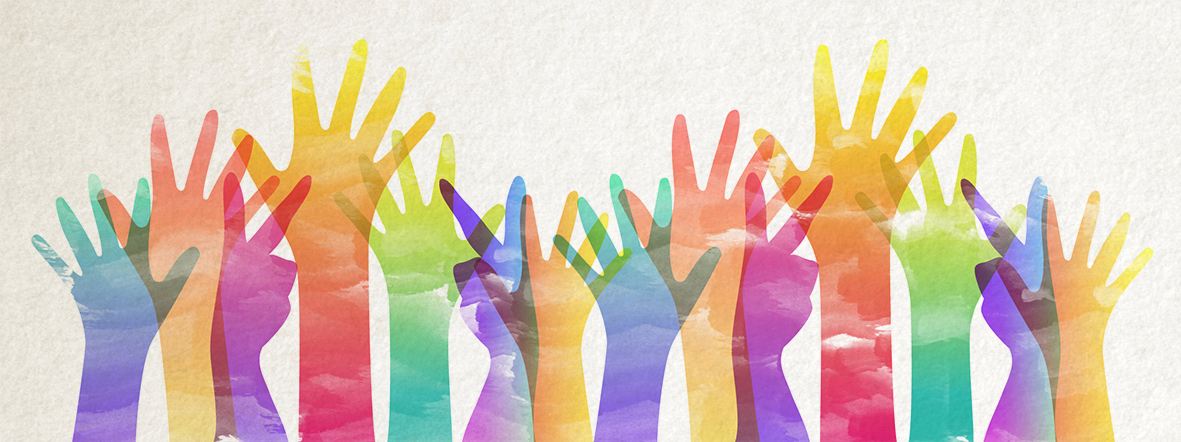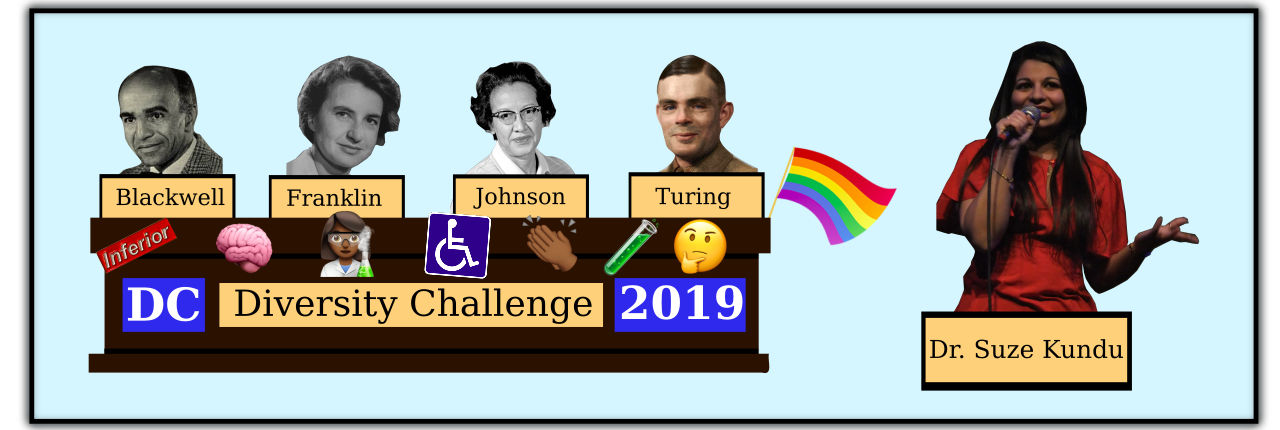
Madina Wane reflects on the value of creating an inclusive research culture where everyone in society can feel they can participate and benefit from STEM.
The modern seat belt is a simple but extremely effective innovation that has been saving lives since the 1960s. It is estimated to reduce the risk of death by up to 50% and with over 1 million road traffic deaths per year globally, the seat belt is clearly an important development. With such an impact it is easy to neglect scrutiny of this technology, but we must ask the question: are we all equally protected?
When crash test dummies first became required in the 1960s, US regulators wanted manufacturers to use two types – one based on male physical proportions, and one based on female proportions. However, after several years, regulators conceded and manufacturers were able to use just one dummy, reflecting the ‘average’ male. 50 years on and the consequences of this are clear. A study in 2011, from the University of Virginia’s Center for Applied Biomechanics, determined that female drivers were 47% more likely to suffer severe injuries compared to their male counterparts. Many studies have also highlighted the increased incidence of whiplash in female drivers.
Although the use of female dummies has since been adopted, these are simply smaller versions of male dummies, not accounting for anatomical differences between the sexes. In addition, the female dummy is based on proportions of the smallest 5% of females, rather than the average. To add even more pitfalls, the ‘female’ dummies are still not used to the same extent as their male counterparts, with male dummies predominantly used in the driver’s seat and female dummies more often used in the passenger seat.
Sex differences have received much of the attention, however, regardless of sex, those with significantly different heights, weights or body types (e.g. due to elderly age or disability) are also excluded from the current system of testing. The harm caused by basing the safety of billions on a single 175 cm, 75.5 kg male profile is clear. This inequality is not limited to motor safety – from hiring algorithms that discriminate against women, to clinicians who perceive pain differently between black and white patients, the whole STEMM (Science, Technology, Engineering, Maths and Medicine) industry is suffering from a lack of diversity. So, how do we tackle these inequalities?
Inclusive innovation
We need to embed diversity and equity in all parts of the STEMM infrastructure, from the people to the processes to the data. Only then will we effectively tackle global challenges, develop technologies that are accessible to many, and broaden our understanding of the whole world.In Manchester, the NIHR Biomedical Research Centre (BRC) have developed a Deaf Experts by Experience Group to foster better inclusion of deaf people in health research. Project manager, Olivia Joseph, collaborated with Celia Hulme, a Manchester BRC Doctoral student and Deaf British Sign Language user, to make sure the group was suitable for the needs and experiences of deaf participants. They now run training sessions for participants to learn how they can be involved in research, and promote inclusion of deaf people to researchers throughout Manchester.
Developing new initiatives is a great way to plug the gaps, but we must also embed inclusion into existing structures. Nick Wood, programme manager in our Department of Surgery and Cancer, has done exactly this using a data-driven approach to understand and address specific diversity issues at Imperial. Changing the system is ineffective without strong evidence and Nick was recognised for this contribution with a Julia Higgins Award this year.
Inclusion starts with recognition
The task of improving diversity in STEMM can feel daunting but it can also be uplifting. On Thursday 19 September, the Royal Institution will host ‘Diversity Challenge’, an entertaining University Challenge-inspired evening where two teams of diverse renowned scientists will battle it out to see who knows more about underrepresented scientists. The event is a fun chance to learn more about diversity and watch some top experts put in the hot-seat! There will also be five short talks from passionate diversity advocates including myself.
Celebrating underrepresented scientists can encourage more people to participate in STEMM by improving the sense of belonging. Perhaps more importantly, this work challenges the assumptions of who is capable of making achievements in STEMM and highlights the barriers underrepresented groups face.
Besides listening to talks, there are many initiatives you can get involved in – just turn up! For example, in February I attended the Imperial As One (an advisory group for BAME staff and postgraduates) Wikipedia editing event designed to increase visibility of BAME scientists. I met many dedicated advocates, including Diversity Challenge organisers Luke Kristopher Davis (UCL physics PhD student) and Dr Faith Uwadiae (malaria immunologist at the Crick and Imperial alumnus), which opened up new opportunities and empowered me to continue getting involved.
The importance of diversity is still challenged by some who feel it is irrelevant to STEMM. To those I say: look around you, STEMM is ingrained in all aspects of our society, without diversity and equity how can we possibly meet the needs of the world?
Madina Wane (@madina_wane) is a PhD student in Immunology in the Department of Life Sciences.
Tickets are now available for the Diversity Challenge at The Royal Institution on Thursday 19 September.
